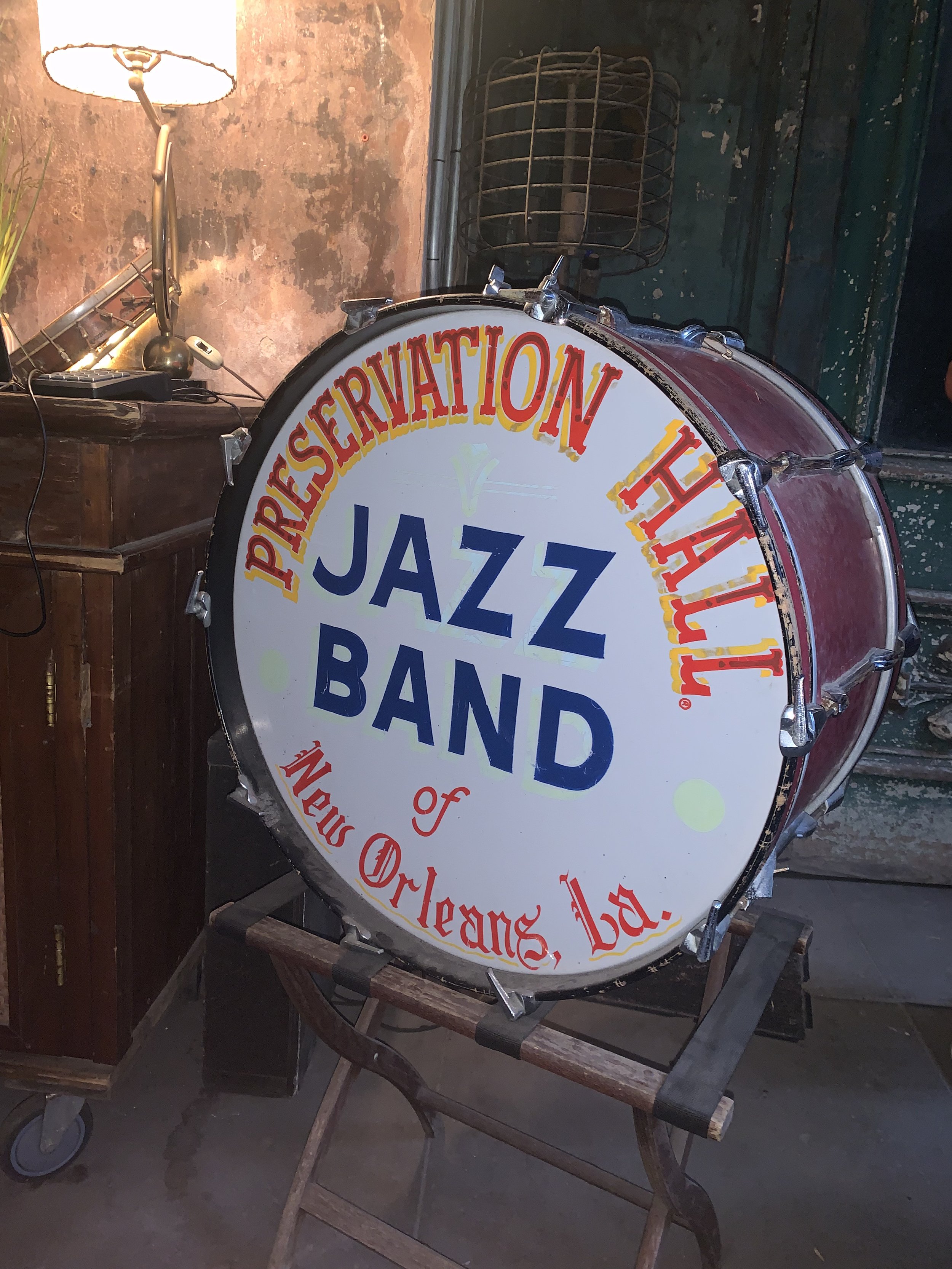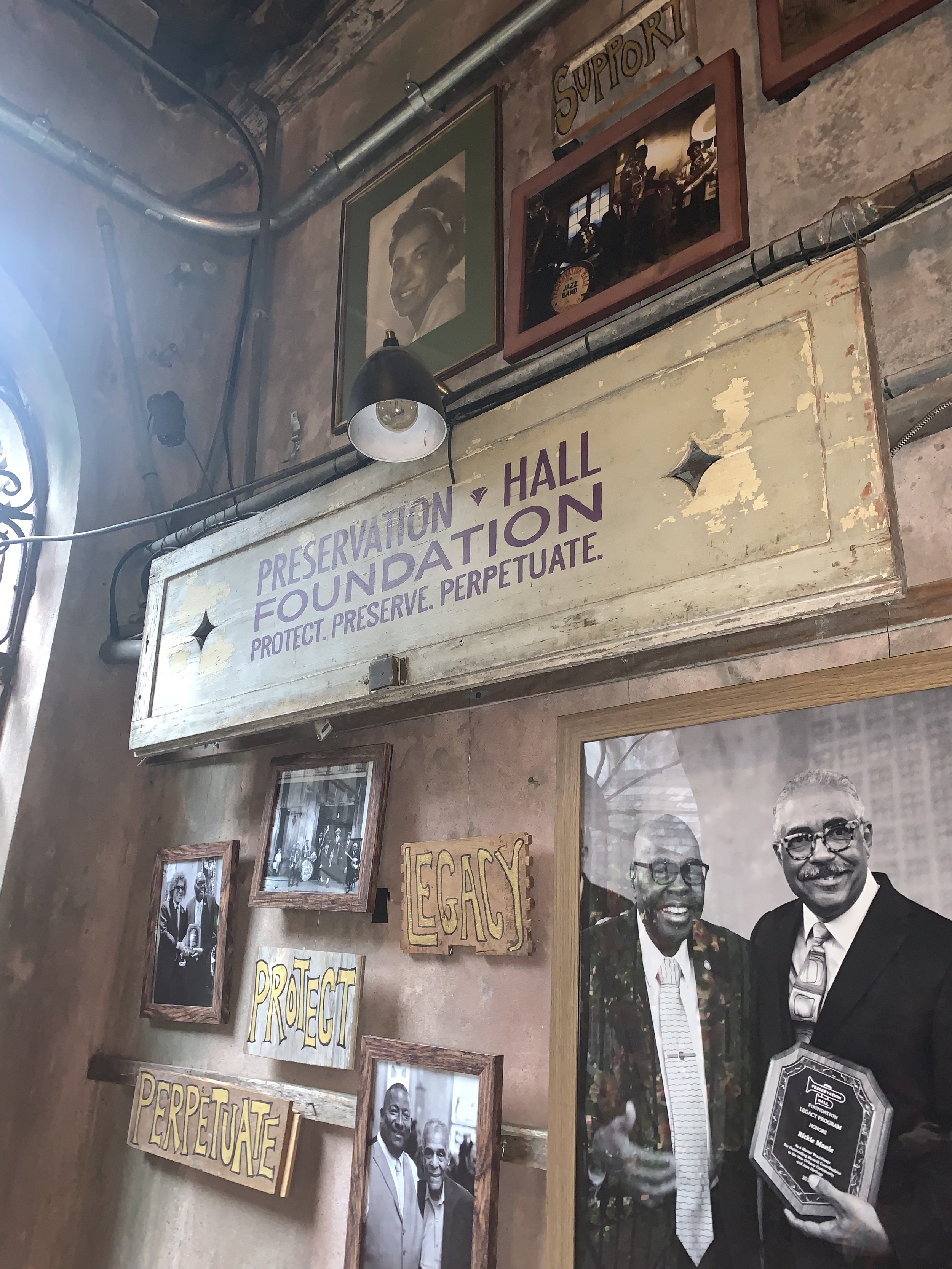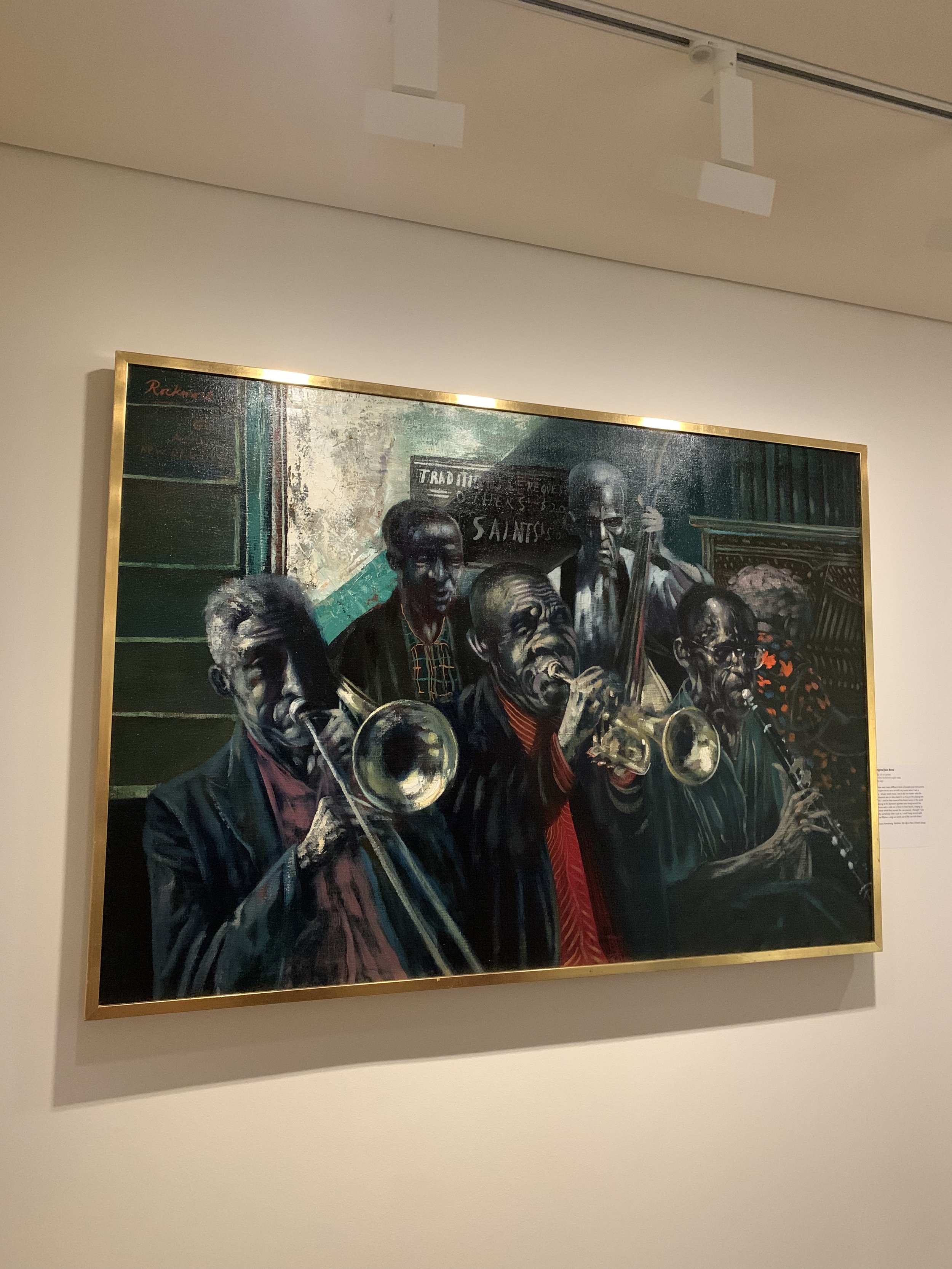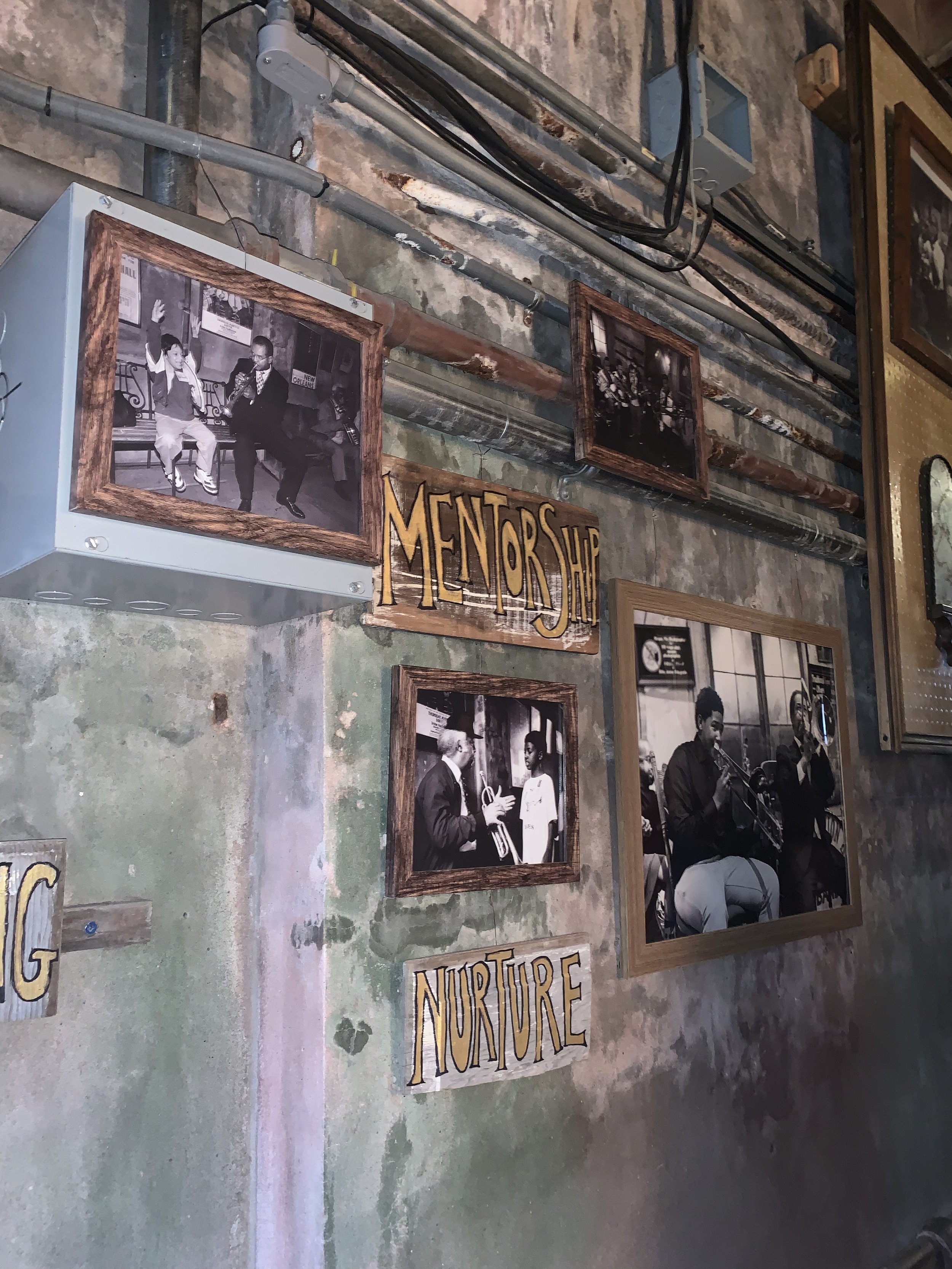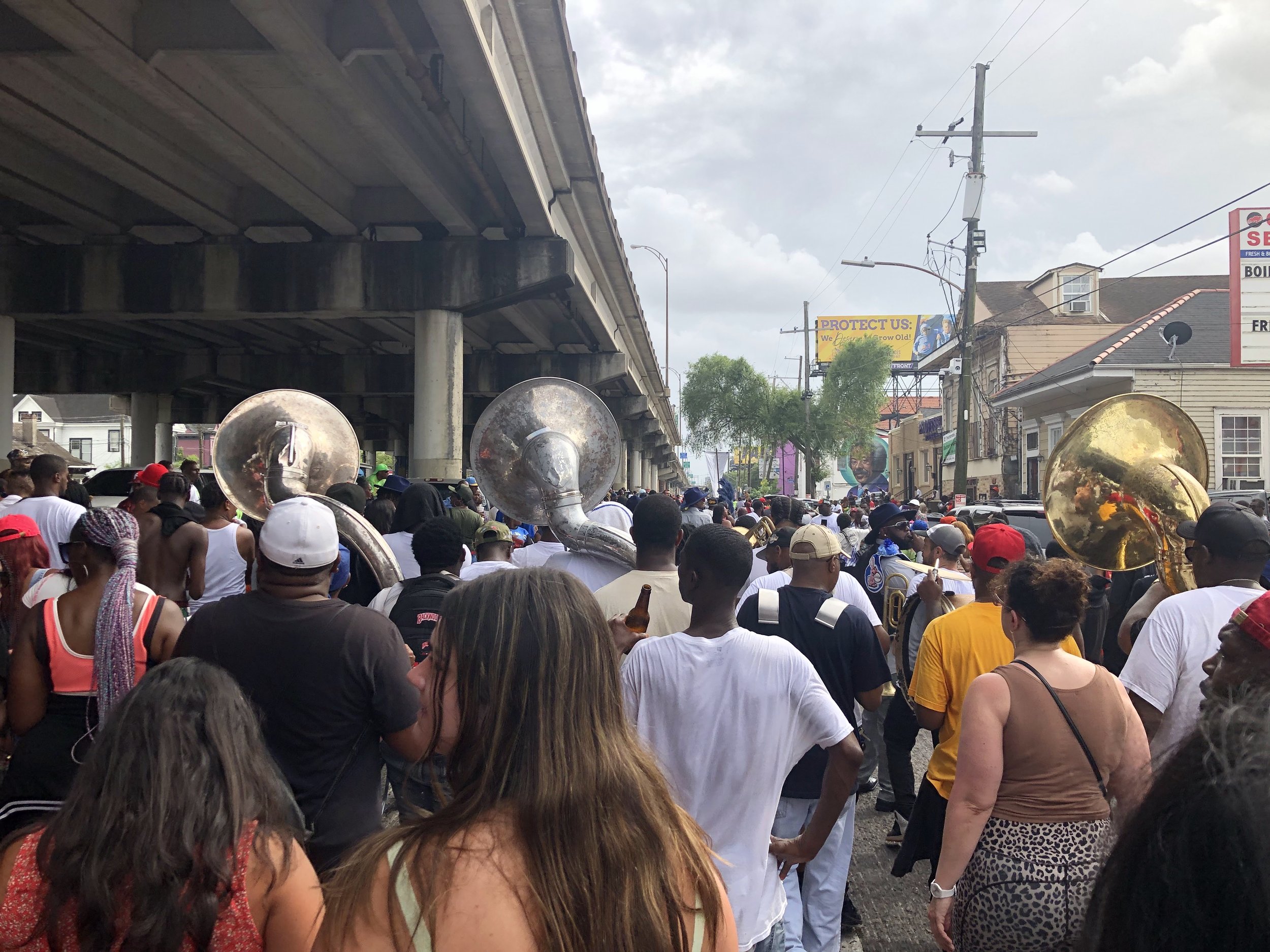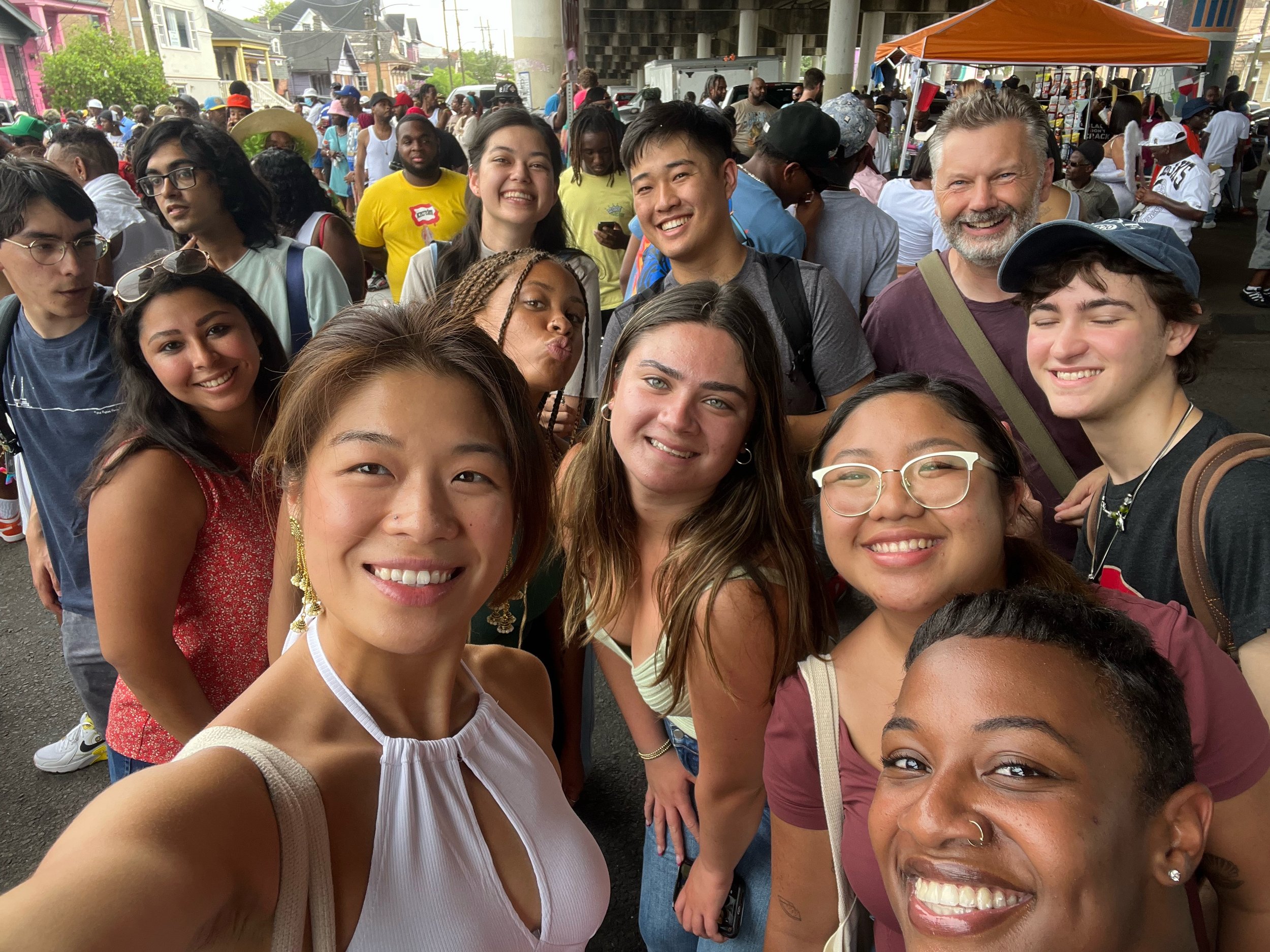As I write this, I am sitting in a coffee house in Lafayette, taking a moment to let the past few days of our trip sink in. We’ve been reading A Lesson Before Dying by Ernest J. Gaines and visiting the places that inspired this intensely emotional and deeply moving novel.
A Lesson Before Dying is a powerful book about community, masculinity, racism, and humanity. Reading it while standing in the rooms that inspired the story amplified the book’s impact to whole new levels, and that is the beauty of bookpacking. It is one thing to read about Jefferson’s jail cell, and it is a completely different experience to stand in the Point Coupée jail cells yourself. To see where they used to hang prisoners, where the beds used to be screwed into the wall, the recreational area (if a tiny rooftop under the blistering sun can even be called that), and the filthy sink and toilets. As I stood in those cement boxes, I couldn’t stop imagining what it must have been like for Jefferson to be imprisoned in such an enclosed space or what it must have been like when Miss Emma, Tante Lou, and Reverend Ambrose attempted to crowd into that space, unable to sit down because there was no room. You stand in that cell and suddenly, it isn’t that surprising that Jefferson saw himself as less than a man. How can anyone feel human in a place that is that dark and unsanitary?
“The cell was roughly six by ten, with a metal bunk covered by a thin mattress and a woolen army blanket; a toilet without seat or toilet paper; a washbowl, brownish from residue and grime; a small metal shelf upon which was a pan, a tin cup, and a tablespoon.”
You imagine how painful it was for Miss Emma to see someone she loved locked up with no way out but death. How did she manage to drag herself to the jail week after week and sit there while Jefferson ignored her and belittled himself? You imagine all these things, try to understand how the book’s characters might have been feeling, but really, there’s no way to grasp it. Unless you’ve been in the exact situation they were in, you won’t be able to get it. We can stand around and ask ourselves how we would feel with the death penalty hanging over our heads, but that can never compare to what Jefferson felt knowing the exact date of his death because it isn’t real for us. We are not going to die at some predetermine date and time for a crime we didn’t commit, but it was real for Jefferson and a multitude of other Black men.
Sadly, our prison system hasn’t changed very much since the 1940s. Today, Black men are still being incarcerated at higher rates than any other group in America, some of which are falsely imprisoned like Jefferson. And the prisons they are locked in continue to treat people like they are barely human, creating an environment of abuse and malnourishment. Weren’t prisons built on the idea of rehabilitating criminals and sending them back into the world as better citizens with regret for the crimes they committed? How can they focus on improvement when they are treated like wild animals? How can they be released as reformed citizens ready to resume normal life when they spend so much time being told they are less than human?
After visiting the jail, we headed to Ernest J. Gaines’ home in New Roads on the plantation where he grew up before moving to California and then returned to later in life. Behind his home sits the plantation church, where children used to go to school and be taught by someone like Grant Wiggins. The church is one open space, very dissimilar to what we picture in our heads when we think of schools now. I can’t even begin to fathom the difficulties of teaching students ranging from Kindergarten to 6th grade in that tiny space. How could any of the kids get the attention they needed to really succeed in their work? How can one teacher cover that many topics and levels in one day? No wonder Grant’s former teacher was so pessimistic about life and education. No wonder Grant is so set on fleeing his hometown for something better.
“He told us that most of us would die violently, and those who did not would be brought down to the level of beasts. ”
But I guess that’s the whole point. The lack of resources and space for learning is exactly how White people oppress Black people. It’s how Jefferson ended up in the wrong place at the wrong time. If people are unable to learn how to read, write, and perform arithmetic successfully, then how can they ever move off the plantation? How can they move up in life? Even with an education, Grant remains stuck under the thumb of the White society around him. It’s an endless cycle, and it’s still going on now. We talked about redlining in seminar and the segregated neighborhoods it resulted in. These neighborhoods led to the placement of Black children into certain schools that then receive less funding. Our education system is not equal. Some schools have the resources to provide laptops for every student, and others have one computer lab that hasn’t been updated in years. Can you guess what the demographics of those two campuses probably are?
The list of injustices doesn’t end there. Close to Dr. Gaines’ property lies a cemetery surrounded by farmland. Dr. Gaines is buried there along with members of his family, and others connected to the plantation he grew up on. It is an astonishingly small cemetery considering the size of the plantation and the amount of people who have worked on it. And the reason for that is an erasure of Black existence and history. Cheylon from the Ernest J. Gaines Center had told us that the cemetery we were standing in was also the burial ground for enslaved people. I had assumed the cemetery was so small because the graves of the enslaved people were unmarked. I was shocked and disgusted to learn that we couldn’t see where they were buried because it had been turned into farmland. Dr. Gaines and his wife, Diane, had incorporated the cemetery to keep the remaining land from also being plowed over. Even in death Black people are disrespected and forgotten by the people who benefited from their back bending work. I think that’s why Miss Emma wanted Jefferson to die with dignity and strength. There are White individuals who work so hard to belittle Black people. By standing tall in his final moments and viewing himself as a man worthy of respect, Jefferson was standing up for himself and his people against the White perpetrators.
“I want you to show them the difference between what they think you are and what you can be.”
For me, this has been a lesson in race and the Black experience in America. As an Asian American woman, I will never truly be able to grasp what it means to be Black in this country and the hardships that go along with it, but I empathize with the Black community and hope to be an ally in their unrelenting fight for freedom. I recognize that being Black in America means a long history of oppression and continued discrimination and struggles with our country’s systems, but this book and this trip have really driven that understanding home for me. I am privileged to be able to walk into small towns like Grand Isle and St. Martinville comfortably while we are in Louisiana. I don’t have to worry as much about how people might treat me or look at me. I don’t know if my Black classmates can say the same. The racism runs much deeper here than it does anywhere else, and it’s almost impossible to come here and ignore it.
I want to end this blog by saying I still have a lot to learn about my privilege and how Black people are treated in America, and we, as a country (and honestly the world too), still have a long way to go. When you read A Lesson Before Dying and see places like New Roads, you are able to identify a disappointing amount of similarities between the past and the present. At the Ernest J. Gaines Center, the walls are graced with a variety of awards and honorary degrees from towns and institutions. The question is, when you take a closer look at these places and structures, are they really taking Gaines’ messages and lessons to heart? Are they changed for the better or are they just giving out these awards to make it seem like they recognize the issues in our society?























